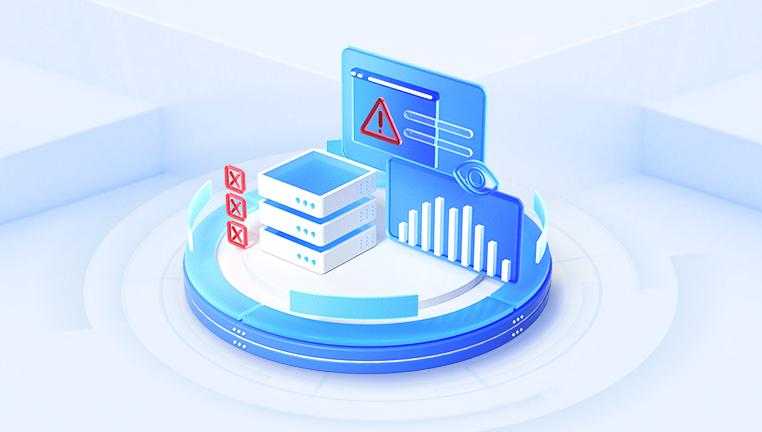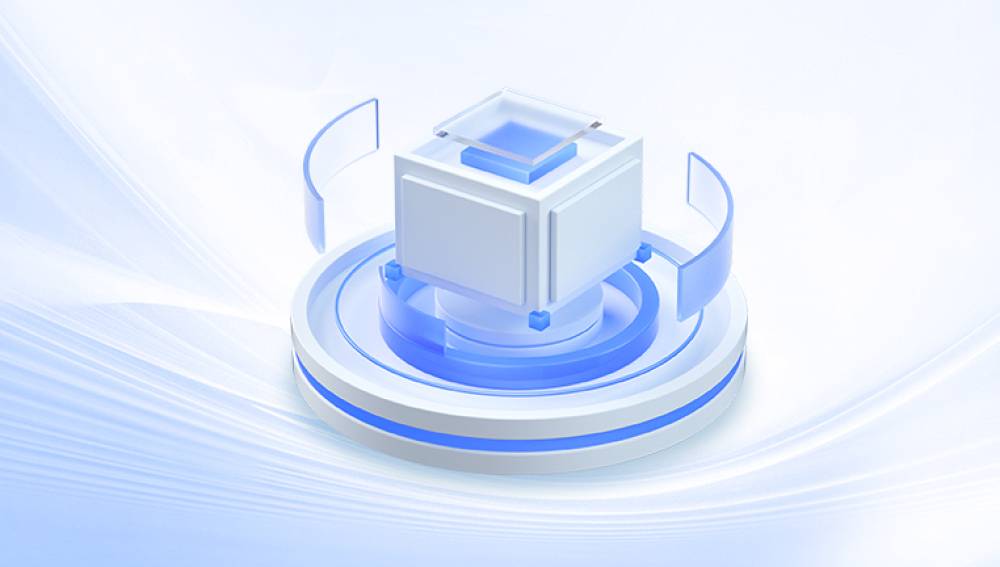1. Data Loss and Recovery
Physical Damage: Mechanical failures in hard drives, SSDs, or other devices, such as crashes, overheating, or component wear and tear.
Logical Failures: Issues that prevent the system from reading the storage device correctly, including corruption of the file system or accidental deletion of data.
Accidental Formatting: Mistakes made during formatting or reformatting storage devices, leading to lost files.
Natural Disasters: Fire, flood, or electrical surges can cause irreversible damage to devices.
Human Error: Inadvertent deletion, data overwriting, or incorrect operation.
Once the data is lost, there are two main recovery methods: hardware-based recovery (for physical damage) and software-based recovery (for logical damage). Both methods may be available through a San Diego-based service, depending on the severity of the damage to your device.

2. Types of Data Recovery Services in San Diego
San Diego hosts a variety of data recovery companies, each offering different services depending on the type of device and data loss. Some of the most common services provided by data recovery specialists in San Diego include:
a) Hard Drive Recovery
Hard drives are one of the most common devices that experience data loss. Whether it’s an external hard drive, internal hard disk, or NAS device, data recovery specialists in San Diego can handle a wide range of problems. These include:
Mechanical Failures: A damaged spindle, head crash, or motor failure can make it impossible to access the data. In these cases, recovery services will open the hard drive in a cleanroom environment and repair or replace the faulty components.
Logical Failures: Issues such as corrupted file systems, accidental formatting, or partition loss. In these cases, recovery software can be used to retrieve the data.
b) SSD (Solid State Drive) Data Recovery
SSDs have become more popular than traditional hard drives due to their speed and durability. However, they can still fail due to controller issues, firmware corruption, or wear leveling problems. SSD recovery is more complex than traditional hard drive recovery due to the way SSDs store data. Specialized San Diego recovery providers have the tools and expertise to recover data from faulty SSDs.
c) RAID Recovery
RAID (Redundant Array of Independent Disks) systems are often used in enterprise environments for better data redundancy and performance. However, RAID arrays can still fail, either due to drive failure, power surges, or human error. RAID recovery services in San Diego specialize in recovering data from damaged RAID arrays, even in complex scenarios like RAID 0 or RAID 5 failures. These services require knowledge of the specific RAID configuration, along with advanced recovery tools.
d) Flash Drive and SD Card Recovery
Flash drives, USB sticks, and SD cards are small, portable storage devices prone to accidental damage and corruption. Data recovery services in San Diego can help recover files from devices that are physically damaged or corrupted. This type of recovery often involves software-based solutions to scan the device and restore lost files.
e) Mobile Device Data Recovery
Mobile phones and tablets are also vulnerable to data loss. Whether you’ve accidentally deleted photos, lost files due to a system crash, or your phone has become water-damaged, San Diego’s mobile data recovery services can help. These services use specialized software to recover data from damaged smartphones, including those that use iOS and Android operating systems.
f) Cloud Data Recovery
Cloud services have become a popular way to store data, but they are not immune to issues. Data can become inaccessible due to service outages, account breaches, or synchronization errors. In these cases, data recovery services in San Diego can help you retrieve your lost data from cloud storage services like Google Drive, iCloud, Dropbox, and others.
3. How Data Recovery Works: The Process
The process of data recovery generally follows a few key steps, regardless of the type of service you choose. Here’s an overview of the steps you can expect:
a) Initial Consultation
The first step in any data recovery process is consultation. Most San Diego data recovery providers offer free consultations where you’ll explain the issue and your device's symptoms. Based on the initial description, the service provider will give you an estimate of the potential success rate, recovery time, and pricing.
b) Diagnosis
Once you’ve decided to go ahead with the recovery, the next step is diagnosis. The provider will thoroughly inspect the device to determine the cause of the data loss and the complexity of the recovery process. For physical damage, this step may involve the opening of the device in a cleanroom environment to avoid contamination. For logical failures, the device will be scanned with specialized software.
c) Data Recovery Process
For Mechanical Failures: The provider will replace damaged components, such as heads, motors, or circuits, to retrieve the data.
For Logical Failures: Specialized recovery software will scan the device for lost or corrupted files and attempt to repair the file system to make the data accessible again.
d) Data Retrieval
After the recovery process is complete, the technician will copy the recovered data to a new device (such as an external hard drive or cloud service) and provide you with access to your files.
e) Post-Recovery Support
Some San Diego data recovery companies offer additional support after the recovery process, such as guidance on preventing future data loss or setting up a backup strategy.
4. Costs and Timeframes for Data Recovery in San Diego
Data recovery costs can vary depending on the type of device, the extent of the damage, and the complexity of the recovery process. On average, expect to pay anywhere from $300 to $3.000 for data recovery services in San Diego.
Basic File Recovery: For simple issues like accidental deletion or corruption, you may pay between $300 and $600.
Hard Drive/SSD Recovery: If your hard drive or SSD has physical damage, the cost can range from $800 to $2.000.
RAID Recovery: Due to the complexity of RAID systems, recovery costs for these systems can range from $1.000 to $3.000 or more.
Mobile Device Recovery: Recovery from phones typically costs between $200 and $600.
The time it takes to recover your data depends on the severity of the issue. Simple recoveries may take a few hours, while more complex cases can take several days or even weeks.
5. How to Choose the Right Data Recovery Service in San Diego
Selecting the best data recovery service in San Diego can be a daunting task. Here are some tips to help you choose a reputable provider:
a) Experience and Expertise
Choose a company with a proven track record of successful recoveries. Look for reviews and testimonials from previous customers, and verify that they specialize in the type of device you need recovered (e.g., hard drives, SSDs, RAID arrays).
b) Cleanroom Facilities
For physical damage recovery, ensure the provider has a class 100 cleanroom (or better). This controlled environment prevents contamination of the device during the repair process, which is crucial for preventing further damage.
c) Transparent Pricing
Make sure the company offers clear and upfront pricing. Many providers will offer free consultations or diagnostic services, but be wary of companies that ask for high fees upfront without fully explaining their services.
d) Confidentiality
Your data is sensitive, so ensure that the data recovery service you choose follows strict confidentiality protocols. A reputable provider will have policies in place to ensure your information is safe and secure throughout the recovery process.
e) Success Rate and Warranty
Ask about the company’s success rate and whether they offer a no data, no fee guarantee. Reputable services often provide warranties for their work, ensuring that you only pay for recovery if they successfully retrieve your data.
6. Prevention and Backup Strategies
To avoid needing data recovery services in the future, it’s important to adopt a solid data backup strategy. Here are some tips for preventing data loss:
Regular Backups: Use a 3-2-1 backup strategy: three total copies of your data, two of which are stored on different devices, and one copy stored off-site or in the cloud.
Cloud Storage: Use reliable cloud services like Google Drive, iCloud, or Dropbox to store important files. These can act as an extra layer of backup.
External Hard Drives: Regularly back up your data to an external hard drive or SSD.
RAID Arrays: For critical business or personal data, use RAID setups that provide redundancy and minimize the risk of data loss.




